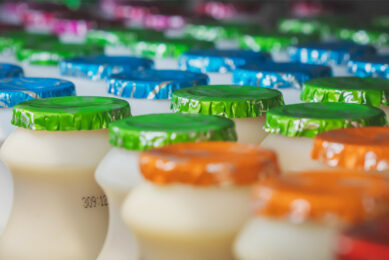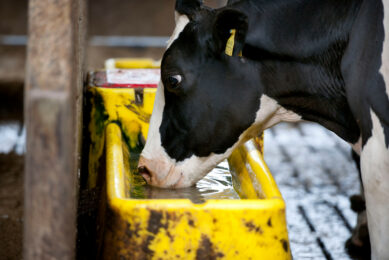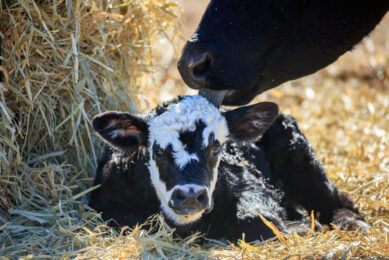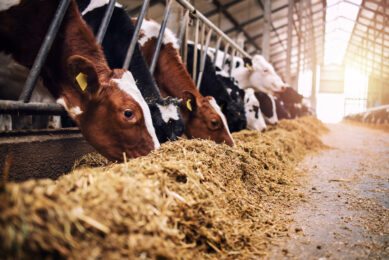Heat stress in gestating cows weakens future generations
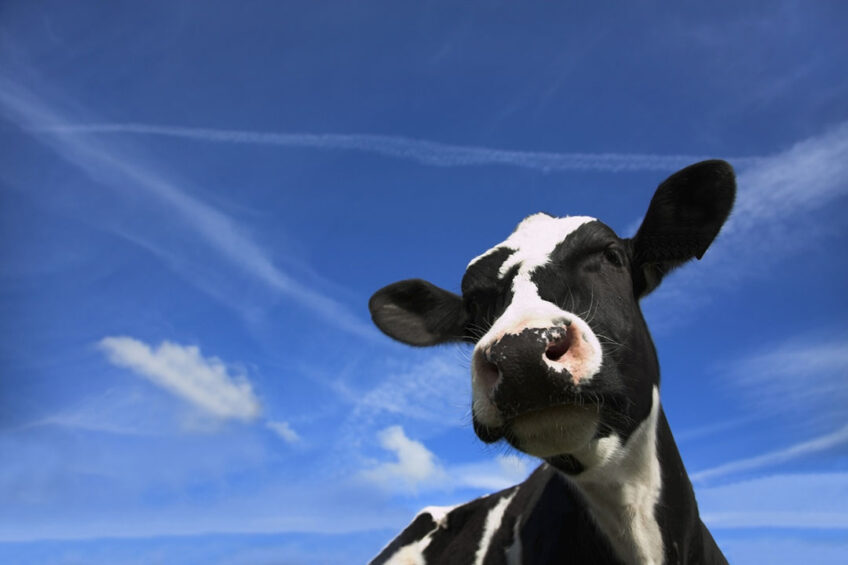
A recent study investigated the performance and profitability of 2 future generations of cows born to mothers exposed to heat stress during pregnancy. The results show that maternal hyperthermia during late gestation impairs performance of the offspring across multiple generations and lactations.
Heat stress has a significant effect on dairy cows and negatively impacts milk and reproductive performance and can lead to illness and shortened lifespans. In the US, this equates to losses of about US$1.5 billion annually. However, according to study* conducted in the US, the impact of heat stress is lasting and continues to affect the performance of the offspring of a heat-stressed cow for 2 generations.

Previous research has found that heifers born to cows that are heat-stressed during late gestation grow to be smaller and produce on average 5kg per day less milk in their first lactation, compared with heifers born to dams that were cooled during the hottest days of the year.
According to Jimena Laporta, senior author from the Department of Animal Sciences at the University of Florida in Gainesville, this suggests a permanent effect of foetal environment on genetic expression in adulthood.
Heat Stress – special focus Livestock animals possess several adaptive mechanisms to cope with heat stress challenges, but these compromise the animal’s productive responses. Nobody has a magic wand to be able to change the weather, but in this special edition, solutions are explained. Check this special out…
Livestock animals possess several adaptive mechanisms to cope with heat stress challenges, but these compromise the animal’s productive responses. Nobody has a magic wand to be able to change the weather, but in this special edition, solutions are explained. Check this special out…
Productivity and reproductive performance of 2 generations studied
The authors had 2 objectives during the study, namely:
- To measure the carryover effects of maternal exposure to heat stress during late gestation on milk yield, reproductive performance, and survival rates of daughters and granddaughters.
- To estimate the economic losses related to those outcomes across the US.
Over a 10-year period, data was collected on the performance of Holstein cows in Florida, the US state with the greatest number of heat stress days per year. Information was collected on the lifespans, productivity, and reproductive performance of 2 successive generations of cows born to dams exposed to heat stress during pregnancy and those born to dams that were provided active cooling during heat stress periods.
Keep cool and carry on: Combating the effects of heat stress in dairy cows
Heat stress results from a combination of temperature and humidity over and above the levels that the cow can tolerate. This makes it difficult for them to remove heat from their bodies, which can have consequences for health and productivity. Read more…
Figure 1 – Milk yield in the first (a; n = 108), second (b; n = 54), and third (c; n = 19) lactation of daughters (F1) born to dams under cooling (CL; access to fans, shade, and water soakers) or heat stress (HT; only access to shade) during late gestation (~46 d). All daughters had access to active cooling during their first, second, and third lactations.

Negative performance of daughters and granddaughters of heat-stressed cows
Daughters and granddaughters of heat-stressed cows showed negative effects in rates of survival from birth to first calving, length of productive lifespan, as well as milk performance, including milk yields and nutrient contents through the first 3 lactations. These effects translated into considerable annual costs to dairy producers in the country, with nationwide losses, based on the US average milk price from 2010 to 2015, of up to US$595 million annually.

Interestingly, Laporta notes that lactating cows tend to be the focus of heat reduction strategies, possibly because the effects of overheating are more immediately evident among them than among non-lactating pregnant cows, for which the damage may become apparent only later when they resume milking. However, considering the hidden costs that carry over to future generations of cows and the likelihood of increased heat stress due to ongoing climate change, Laporta and colleagues consider cooling techniques for dry cows – such as the use of fans and sprinkler systems – crucial.
*This study, ‘Late-gestation heat stress impairs daughter and granddaughter lifetime performance’, was published in the Journal of Dairy Science and was conducted by scientists J. Laporta, F.C. Ferreira, V. Ouellet, B. Dado-Senn, A.K. Almeida, A. De Vries, and G.E. Dahl from the University of Florida and the University of California, Davis, in the US.
Join 13,000+ subscribers
Subscribe to our newsletter to stay updated about all the need-to-know content in the dairy sector, two times a week.



